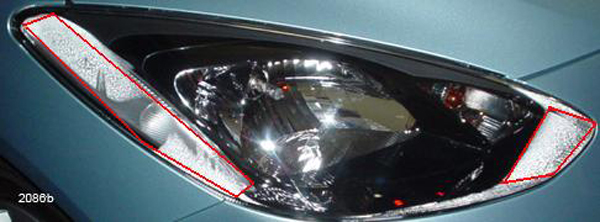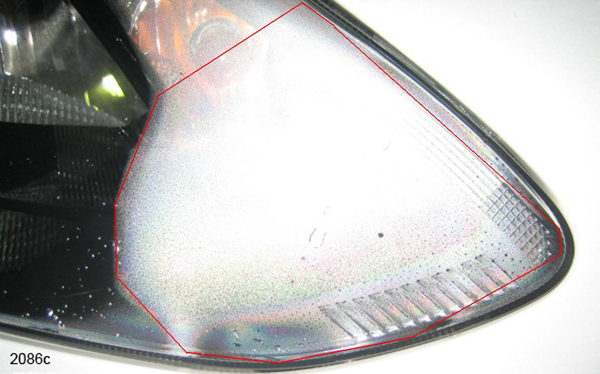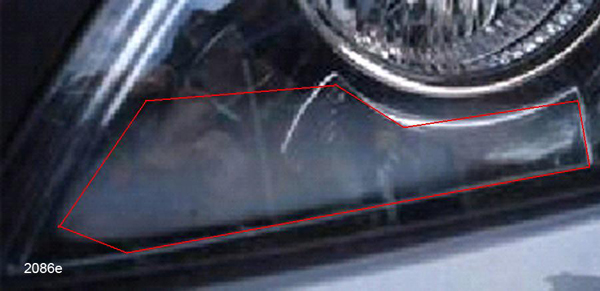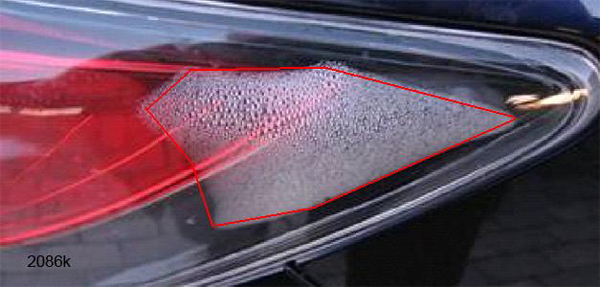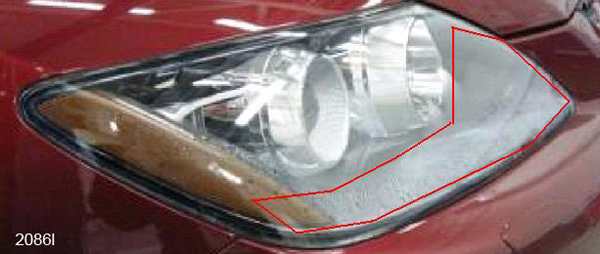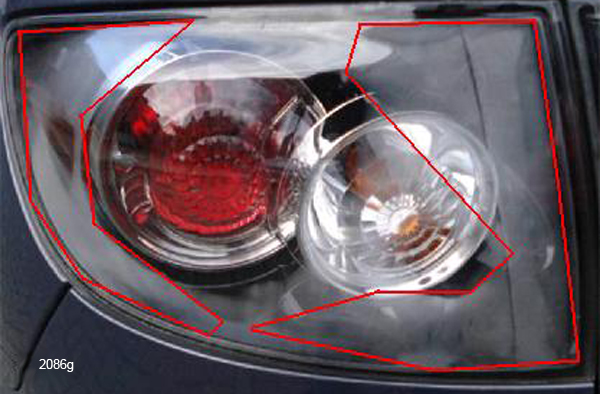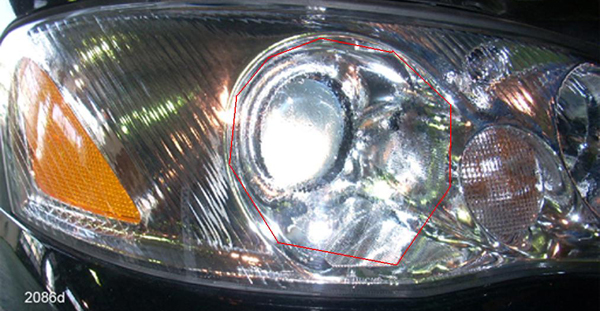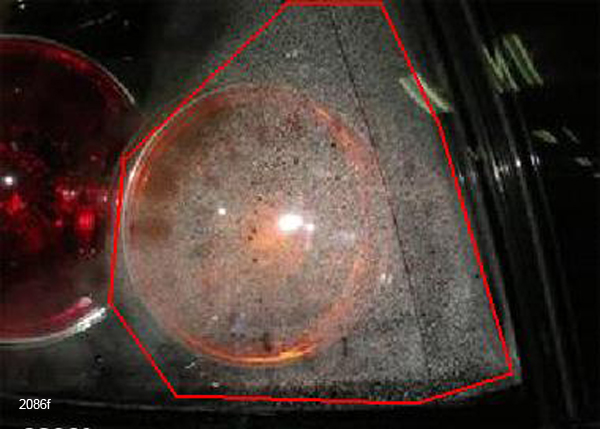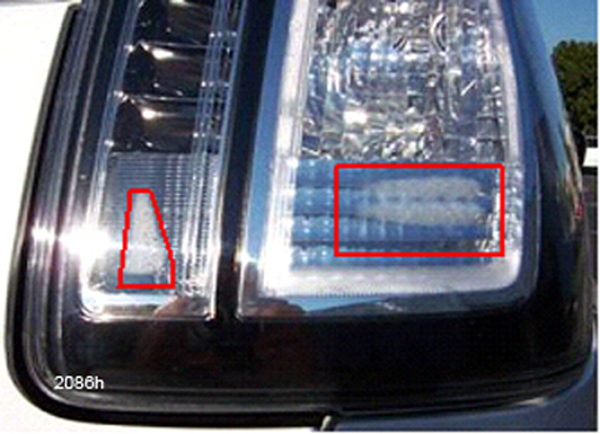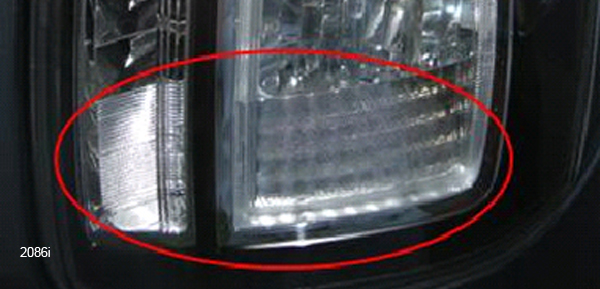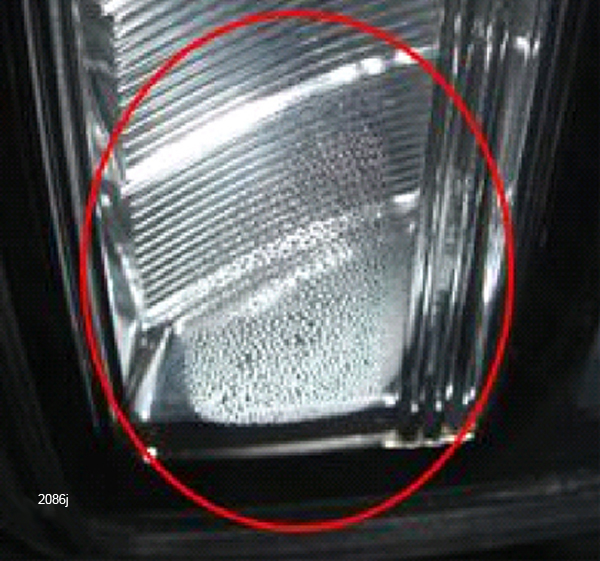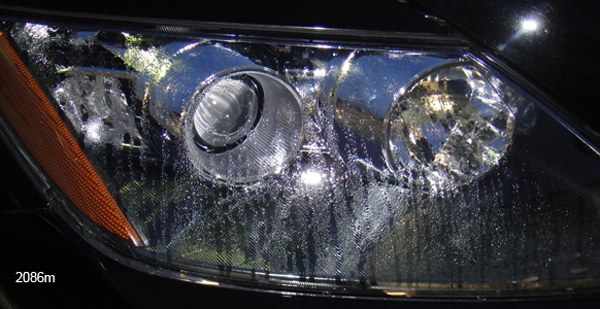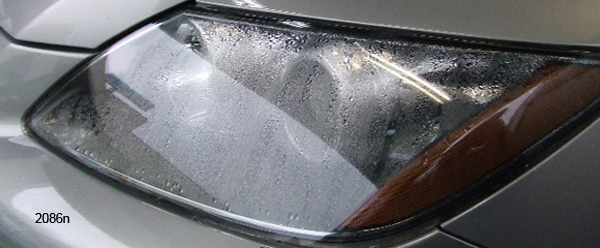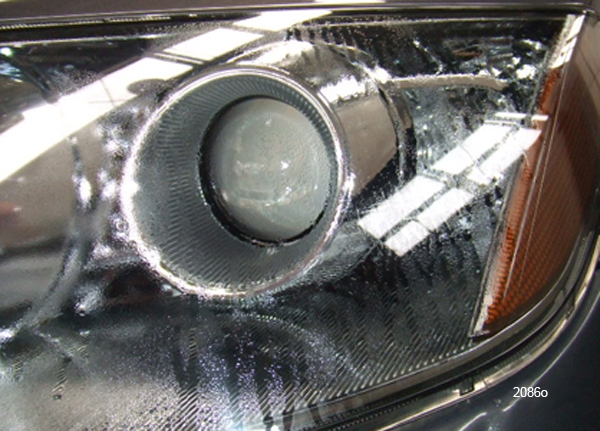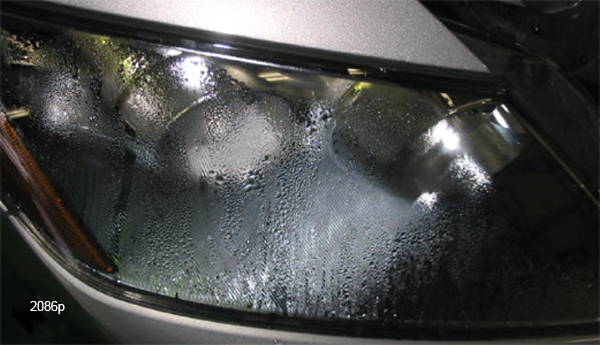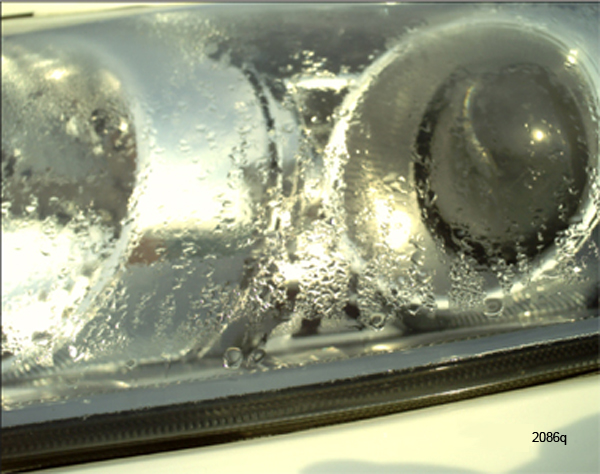| “This site contains affiliate links for which OEMDTC may be compensated” |
MULTI-MODEL – CONDENSATION / FOG IN FRONT AND REAR COMBINATION LAMPS
APPLICABLE MODEL(S)/VINS
| 2011-2014 Mazda2 | 2003-2016 Mazda6 | 2007-2012 Mazda CX-7 | 2016 Mazda CX-3 |
| 2004-2016 Mazda3 | 2006-2016 Mazda MX-5 | 2007-2016 Mazda CX-9 | |
| 2006-2015 Mazda5 | 2013-2016 Mazda CX-5 | 2004-2011 Mazda RX-8 |
Condensation/fog inside the front (headlamp/headlight) or rear (taillamp/taillight) combination lights.
The recent new models have been fitted with a clear lens which can cause the symptom to be more noticeable, however, it does not affect the performance of the light.
This condensation/fog is a natural phenomenon that occurs when there is a fairly large temperature difference between the inside and the outside of the light housing.
It is normal for very small water drops to appear in certain locations on the light units where the air is stagnant (condensation), making the lens look whitish (fog).
This happens mostly in the corners and narrow spaces, and will typically clear during warmer ambient temperatures, or when the lights have been on for some time.
Explain to the customer that this is a natural phenomenon and not a quality defect.
DO NOT attempt repairs as this is considered normal, and is NOT covered under Warranty. Replacing the light unit will not correct this symptom.
DETERMINATION/TESTING
NOTE:
- The location where the bulbs are fitted has a high air volume with good air circulation, therefore, if a large or heavy amount of condensation appears here, the light unit should be replaced. A small amount of condensation here is considered normal and should clear after the lights have been on for some time and the light unit should not be replaced. Refer to the following pictures for examples.
- If the outside conditions are unfavorable (cold and damp), even fog (dew concentration) as shown in the following pictures will take some time to clear up. You can also perform the following test to determine if the light unit should be replaced.
- In certain situations, it is normal for a light on one side to have condensation/fog and the other side not to. This would be due to differences in conditions (temperature, humidity, etc.) between the left and right sides. For example, one side may be exposed to direct sunlight and the other side may be in the shade.
- In sunny weather or inside a warm garage, remove a bulb/socket and add cold/cool (not hot) air with a hair dryer for approximately 5-10 minutes.
- If the condensation/fog clears, it is normal, and the light unit should not be replaced.
- If the condensation/fog does not clear, it is abnormal (water entry is suspected), and the light unit should be replaced.
Water entry is where rain water comes into the inner light and stays as waterdrops on the inside of the lens. The possible causes of “water entry” because of a part issue are:
- Poor sealing joint between the lens and housing.
- Missing or poor sealing of gasket. (NOTE: If the light unit was previously repaired and any seals are missing, this is not covered under Warranty.
- Cracked lens and/or housing.
- Poor installation of respiration tube at ventilation hole.
NOTE: Causes of water entry from owner/operator treatment of vehicle (that should be avoided and are not covered under Warranty) are:
- The light and the surrounding area receive too much water in high-pressure washing.
- The lens cracks from using a special cleaning agent with solvent.
Examples of Light Units With Condensation/Fog That Should NOT Be Replaced
Condensation/fogging along the edges and in the corners is considered normal.
Some condensation/fogging on the lens is considered normal.
Examples of Light Units With Condensation/Fog That Should Be Replaced
Heavy/large amount of condensation on the lens is not normal.

